Maximizing Emissions Reduction Through Strategic Offsetting
In today’s climate-conscious landscape, corporations and industrial facilities are under increasing pressure to reduce greenhouse gas emissions. While direct strategies like energy efficiency and renewable energy adoption are essential, carbon offsetting offers a valuable complementary approach. By investing in projects that capture or prevent emissions, companies can effectively neutralize their carbon footprint. This blog explores how offsetting can synergistically integrate into the value chain of corporations, enhancing emission reduction strategies while improving corporate reputation and stakeholder engagement.
The argument of Globalization vs. Localization
Localization and globalization present distinct approaches for companies purchasing carbon credits. Localization focuses on acquiring credits from projects that are regionally relevant, supporting local communities and economies while ensuring that environmental benefits align closely with regional sustainability goals. This approach often fosters greater accountability and transparency, as companies can directly engage with projects in their vicinity.
Conversely, globalization allows companies to tap into a broader market for carbon credits, accessing diverse projects worldwide that may offer cost efficiencies and varied co-benefits. However, this can sometimes dilute the connection between the credit purchased and the local environmental impact, potentially leading to concerns about the effectiveness of global credit markets. Ultimately, the choice between localization and globalization in credit purchasing reflects a company’s values, priorities, and commitment to both global sustainability and local impact.
In this context, the growing influence of carbon rating agencies and credit insurers is vital in guiding companies toward the purchase of high-quality, high-integrity carbon credits. These agencies evaluate and certify projects using rigorous criteria, assessing factors such as additionality, permanence, and social impact.
Exploring Registered Projects Across Selected Carbon Registries
As companies increasingly aim to enhance their sustainability efforts, understanding the landscape of carbon offset projects becomes essential. An overview of certified projects under prominent registries in 2023 and 2024 provides valuable insights into their types, locations, and developers. This knowledge empowers companies to make informed decisions about which offsets align with their sustainability goals, enabling them to identify high-quality projects that not only mitigate their carbon footprint but also offer co-benefits like community development and biodiversity enhancement.
By selecting credible offsets that resonate with stakeholders, businesses can enhance their corporate reputation and ensure their investments genuinely contribute to emission reductions. Engaging with projects that feature transparent metrics allows companies to strategically integrate these initiatives into their broader sustainability strategies, leading to more effective and impactful outcomes in their emission reduction efforts.
The Verified Carbon Standard (VCS) features a significant portion of projects in the Cookstove category (labeled as energy demand) and Energy Industries, which includes livestock manure management, biogas, geothermal heating, and waste-to-energy initiatives. Cookstove projects are primarily located in Africa and East Asia, while Energy Industries projects are also found in the US, UAE, Oman, Brazil, and Singapore.
In the Gold Standard (GS), afforestation and reforestation projects are primarily based in Africa, with energy efficiency projects located in India and various African nations. Renewable energy initiatives, such as geothermal, wind, biogas, and solar thermal, are situated in China, India, and Vietnam. This diversity in project types highlights the global nature of carbon credit initiatives and their potential for significant impact.
The American Carbon Registry (ACR) shows a higher number of developers in categories like Coal Mine Methane (9 developers) and Forest Carbon (18 developers), all focused in the US. Other registered projects include Industrial Process Emissions, Livestock Waste Management, and Landfill Gas Capture. The concentration of developers in these categories underscores the importance of localized efforts in the carbon market.
The Climate Action Reserve (CAR) features a concentration of developers in Livestock Management (7), Landfill Gas Capture/Combustion (13), and Forestry (9), with additional projects in Nitric Acid and Avoided Conversion categories. This diversity indicates a variety of strategies being employed to tackle emissions across different sectors and regions.
Puro.earth specializes in biochar projects, primarily in European countries such as Germany, Finland, and Sweden, along with initiatives in the US and Canada. The focus on biochar reflects a growing interest in innovative carbon sequestration methods that not only reduce emissions but also enhance soil quality and promote sustainable land use.
Conclusion
Incorporating strategic offsetting into emission reduction strategies is essential for corporations and industrial facilities seeking to navigate the complexities of climate action. By understanding the nuances of localization versus globalization, engaging with credible carbon credit projects, and leveraging insights from carbon registries, companies can enhance their sustainability initiatives. Ultimately, a thoughtful approach to offsetting not only helps mitigate carbon footprints but also strengthens corporate reputations and fosters meaningful engagement with stakeholders, driving a more sustainable future for all.
Questions or comments?
Email [email protected] to learn more



